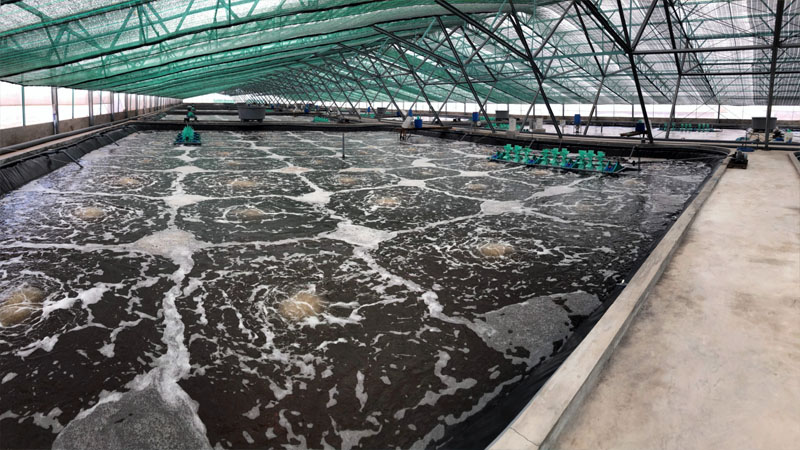Exclusive content

The total global volume of shrimp, farmed fish, clams, and other aquatic animals has surpassed the amount harvested from wild fisheries, according to a report released by the United Nations.
Record-Breaking Aquatic Harvests
The U.N.’s Food and Agriculture Organization (FAO) recently published its latest findings on fisheries and aquaculture, revealing that in 2022, the global catch and harvest of aquatic animals exceeded 185 million tons. This marks the first time in human history that farmed aquatic animals have outpaced their wild-caught counterparts.
Experts had anticipated this turning point due to the stagnation of wild fishery hauls over the past thirty years. The limitations of nature have capped the growth of wild fisheries, with the total amount of aquatic animals captured in the wild decreasing from 91.6 million tons in 2021 to 91 million tons in 2022. In contrast, aquaculture production has continued to rise, reaching 94.4 million tons in 2022, up from 91.1 million tons the previous year.
Benefits of Aquaculture
Manuel Barange, head of FAO’s fisheries and aquaculture division, highlighted the advantages of aquaculture, including the nutritional benefits of aquatic foods such as Omega 3 and other micronutrients. Aquaculture is also recognized for having a lesser environmental impact compared to land-based food production.
Asia dominates global aquaculture, contributing over 90% of all farmed aquatic animals. The FAO report notes that approximately 90% of these farmed or fished aquatic animals are destined for human consumption, with the remaining 10% used for other purposes, such as animal feed or fish oils.
Commonly Harvested Aquatic Animals
The variety of aquatic animals harvested both from the wild and through farming includes some of the most common species consumed worldwide. In wild fisheries, Peruvian anchovies, skipjack tuna, and Alaskan pollock are among the top catches. Meanwhile, shrimp, freshwater carp, oysters, clams, tilapia, and prawns are the predominant species in aquaculture production.